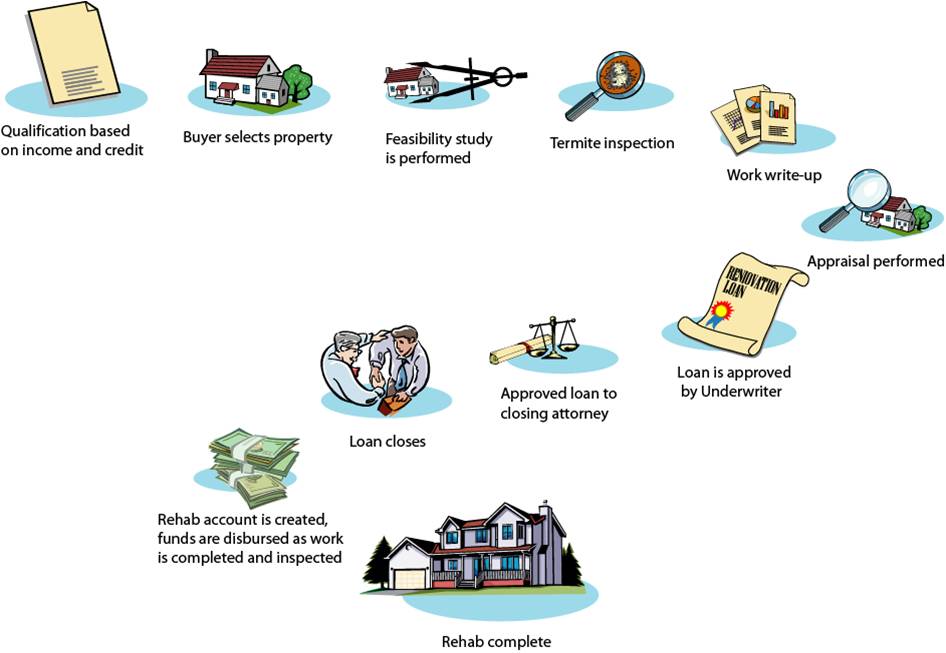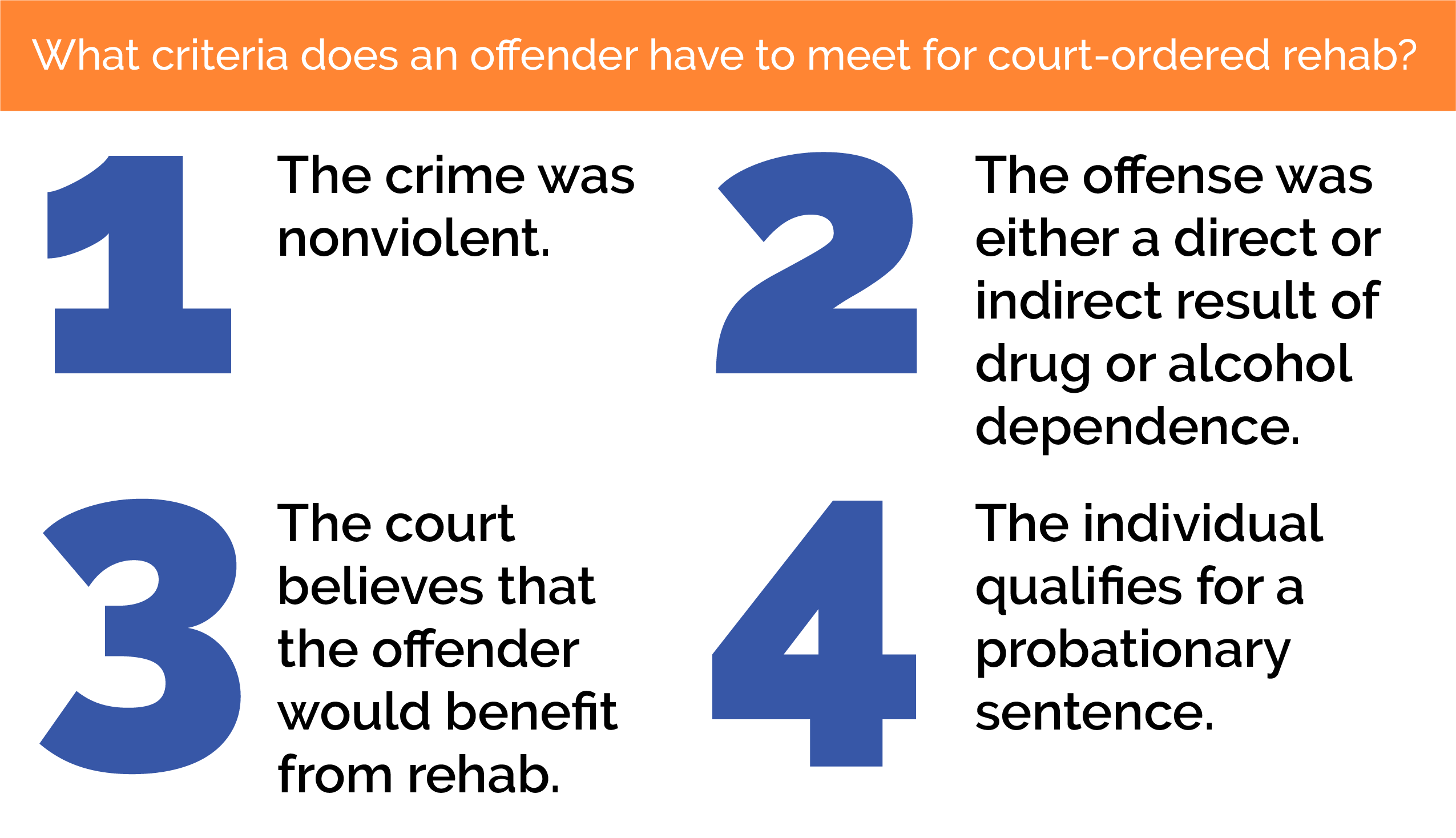Research studies on dependency treatment usually have classified programs into a number of basic types or modalities. Treatment techniques and individual programs continue to progress and diversify, and numerous programs today do not fit neatly into standard drug adiction treatment classifications. Most, however, start with cleansing and clinically handled withdrawal, often considered the very first phase of treatment. Searching for support does not end with making sure preliminary financing. Coordinators should make good usage of the Internet to uncover possible cash and in-kind donations that can supplement major funding sources, gone over below. Entrepreneurial, for-profit programs may be able to bring in private capital. Not-for-profit entities that are likewise entrepreneurial may be able to benefit from this prospective source of funding through facility of a for-profit subsidiary.
Nevertheless, acceptance of personal capital generally carries with it requirements for quick development in revenues and profitability that might be hard to fulfill and might limit functional flexibility, a minimum of in the short-term. In the longer term, successful detoxing programs may have the ability to generate earnings. Financing streams associated with public and private medical insurance typically supply advantages to covered individuals that vary according to whether or not the services are facility-based and according to the level or setting of care.

Many public and personal advantage plans still classify compound abuse detoxing as a medical rather than a substance abuse treatment service. In basic, and specifically for employer-based coverage, advantages under a medical plan are supplied at higher reimbursement rates with less limits and limitations than are advantages for drug abuse treatment (Merrick et al.
Requirements for out-of-pocket payments by those covered under these strategies usually are lower under the medical part of a plan than under the drug abuse treatment part. Nevertheless, it is important to note that benefit strategy features are but one part of protection; usage management procedures continue to play an extremely essential role in a client's access to particular services.
Facts About How To Involuntarily Commit Someone To Drug Rehab California Uncovered

It is necessary to choose whether to make a brand-new detoxification program hospital-based, facility-based, or office-based. Providers that are thought about medical facility- or facility-based, like those in health center outpatient departments, often are qualified for greater payment rates than office-based services to reflect their greater capital and other overhead costs. Likewise, medical facility inpatient services often are reimbursed at a greater payment rate than outpatient services, but medical requirement decisions also require patients to need more extensive services.
This is true for Medicare as well as for other health insurance coverage strategies. Detoxification programs that become part of healthcare facilities, associated with a medical facility, or considered as a certified facility themselves may be eligible for greater rates of compensation than are those that are considered to be outpatient programs without any facility license.
On the other hand, often there are high barriers to getting a center license to open a freestanding 24-hour facility or licensed outpatient detoxing center. Programs that are part of or affiliated with medical facilities likewise should compete with overhead cost allowances from the health center as well as with oversight from medical facility administrators who may understand little about compound abuse treatment or detoxing.
Program organizers need to think about carefully all alternatives; decisions worrying association with a hospital or pursuit of a facility license have significant monetary and political ramifications and must be made with as much info as possible. Following is a conversation of the crucial funding streams and resources that are offered for programs offering cleansing services.
More About How Many Drug Rehab Centers In Maryland
These funds are sent out to the State's Single State Firm (SSA) for substance abuse for circulation to counties, towns, and designated programs. Some of the funds go through required set-asides for special populations (how to start a drug rehab center). Each program ought to inspect to see if the customers it intends to serve are eligible for block grant financing, either for set-asides or for other funds.
Multistate service providers will require to inspect particularly in each State in which they run. The Substance Abuse and Mental Health Solutions Administration (SAMHSA) https://coke-addiction-symptoms-of-drug-addiction.drug-rehab-florida-guide.com/ supplies funding for compound abuse treatment and prevention through the block grants in addition to a large variety of other mechanisms, consisting of both discretionary grants and contracts.
( See www.samhsa.gov/budget/index.aspx.) The most recent offered information suggest that the SAPT Block Grant accounts for approximately 40 percent of public funds nationally expended for avoidance and treatment of compound abuse (U.S. Department of Health and Human Providers 2003). Funds from the block grant may come straight from the SSA or be channeled through local or county intermediary agencies.
The Kid's Health Act of 2000 mandated a progressive transition from SAPT Block Grants to Efficiency Partnership Grants (PPGs). Suppliers need to follow advancements through their SSA, which consist of Modifications in repayment - what is inpatient drug rehab like. Treatment getting systems may progress with time; managed care plans and requirements are significantly typical. Performance outcome information. In accordance with Federal legislation, PPGs ultimately will replace SAPT Block Grants and will offer more versatility for States as well as require more accountability based on result and other performance information.
Some Known Facts About What Do You Get After Completing Drug Rehab?.
All information for core procedures are gathered from States receiving PPG dollars. Medicaid, administered by the Centers for Medicare and Medicaid Solutions (CMS) in combination with the States, supplies financial support to States to pay for healthcare of specifically defined qualified individuals. Medicaid is being used by lots of States as a vehicle for experimentation with public sector managed care in an effort to expand medical coverage to the uninsured.
2003a ) but Medicaid supports about 20 percent of national expenses for drug abuse services (Coffey et al. 2001). The level of expense differs significantly by State. Medicaid is a privilege program with a number of distinct qualified groups: low-income kids, pregnant women, the elderly, and people who are blind or handicapped, all or some of whom can be enrolled in a detoxing program population.
The factor for considerable variation in State Medicaid expenditures and Click to find out more protection is that drug abuse treatment and rehab is an optional advantage under Medicaid that States have the discretion to consist of or not consist of in their Medicaid program. Medicaid might pay for drug abuse treatment either straight through fee-for-service arrangements or through a handled behavioral health care or other MCO with which it agreements.